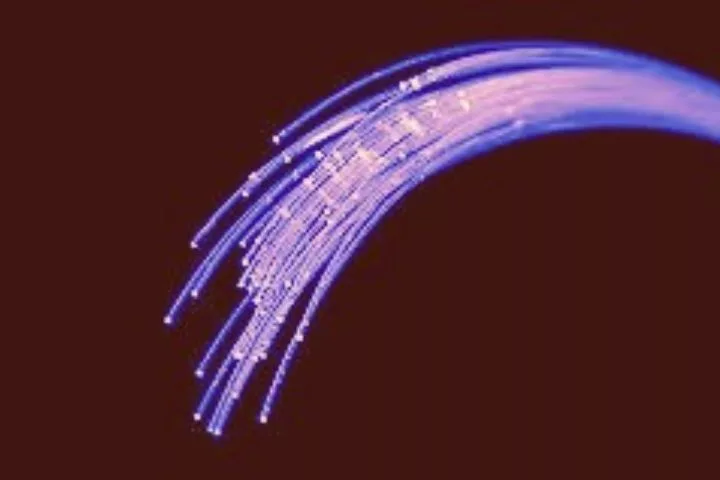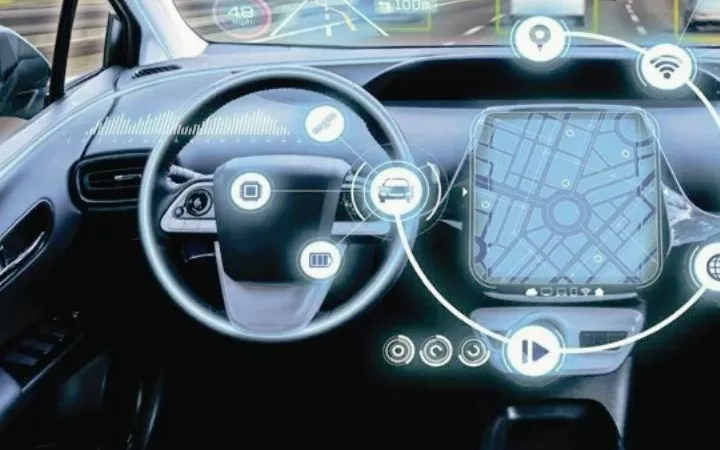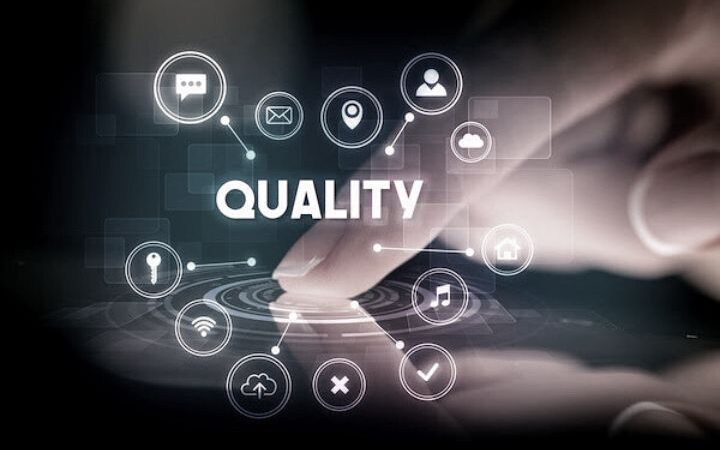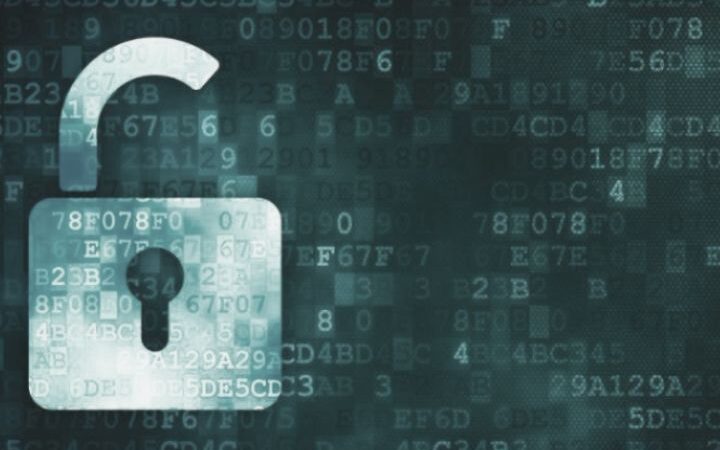Optical Fiber : Definition, Installations And Know About The Advantages, Disadvantages Of It

For the transmission of information, optical fiber represents the best. What is this technology? How is it different from ADSL? Where is its deployment ? If it has indisputable advantages, some disadvantages remain. Overview of this gigantic construction site.
- General fiber optic information
- Installation of fiber optics
- Fiber Optic Costs, Advantages, and Disadvantages
GENERAL FIBER OPTIC INFORMATION
Definition and operation
Optical fiber is based on transmitting light using a glass cylinder, a principle dating back to the time of the ancient Greeks. It was only in the 19th century that a scientific justification was then provided.
More precisely, imagine an excellent glass thread of a tenth of a hair. Thanks to it, the light is conducted to the heart of the fiber. Optical fiber is based on the principle of refraction of light, and light signals transmit internet data.
The fiber consists of 5 components. From the biggest to the smallest :
- the cable sheath;
- reinforcing fibers;
- the coating ;
- the optical sheath;
- The heart.
Optical fiber and ADSL: the differences
If fiber and ADSL are used to connect you to the Internet, these two technologies have nothing to do with you. Three concepts distinguish them:
Their technical characteristics:
ADSL has existed in France since 1999 and uses copper wires from the traditional telephone network to transport data. It is an electrical signal that is transmitted.
Optical fiber is a glass or plastic thread that conducts data using light. This technology required the establishment of an entirely new independent network.
Their throughput capacity:
ADSL, commonly called Broadband, has a capacity of 1 to 15 Mb/s. Optical fiber has a minimum of 100 Mb/s that can go to various operators up to 200, 300, or even 500 Mb/s. C is Very High Speed.
Stability :
Optical fiber is more stable than ADSL and causes no loss of speed if the box is far from the central point.
INSTALLATION OF FIBER OPTICS
Deployment
We’ve been hearing about it for years. All the regions have made it a significant issue in terms of the dynamism and attractiveness of the territory.
France has therefore been cut in two: ZTDs on the one hand (very dense areas) and ZMDs on the other (less dense areas).
In the ZTDs, all the big cities and large metropolises are located. There is one fiber optic network per operator. It is, in other words, an area under an agreement where it is the private operators who invest.
In the ZMDs, the rest of the country, you have understood, the network is shared because the deployment there is less profitable. These are unconventional areas.
The State and local authorities subsidize these same operators to deploy fiber there.
This so-called horizontal deployment (which uses existing infrastructures) takes place in several stages:
- Install an NRO (Optical Connection Node) to house the installations of internet service providers.
- The extension of the fiber to a PM (Pooling Point).
- Install a BPO (Optical Connection Point) closer to the accommodation. In a building, we speak of vertical deployment.
- The final connection: the BPO fiber is finally pulled to the customer’s home by the operator. A technician installs a PTO (Optical Terminal Socket) to connect your box and benefit from Very High Speed.
Even if we are one of the most advanced countries, it’s not over! It has been announced that at the end of 2022, nearly 87% of households should be eligible for ZTDs.
There are approximately 13.4 million fiber subscribers, and more fiber subscribers than ADSL are announced for the end of 2022.
Everything you need to know before switching to fiber optics
If the deployment is going well in the country, it is essential to be sufficiently informed before wanting to switch to fiber. Pay attention to these few points:
- Your equipment: do you have a socket or a line?
- Your eligibility: has the network been rolled out in your municipality?
- Will your installation require work?
- Optical fiber is not an obligation. If you are satisfied with your ADSL connection, there is no need to switch to fiber.
- Conversely, it is technically entirely possible if you want to benefit from both technologies.
- Find out about fiber pricing.
- Find out about the deadlines for accessing a contract.
FIBER OPTIC COSTS, ADVANTAGES, AND DISADVANTAGES
What is the connection cost for a Company?
If this technology is essential for an unequaled and quality connection to the Internet, what price must companies pay to claim fiber?
Let’s start by specifying that residential areas benefit from FFTH (Fiber To The Home) fiber and business areas from FFTO (Fiber To The Office) fiber.
After the eligibility test and the technical audit, which aims to determine the actual needs, a Company can choose between FFTH shared fiber and FFTO dedicated fiber.
The equipment process in your Company will therefore vary depending on any connection work on your site and the type of installation. Access or installation fees are based on these two elements.
However, it isn’t easy to accurately assess the cost of installing fiber optics. However, consult a multi-operator Internet service provider to get an accurate estimate and compare the various offers.
The advantages and disadvantages of fiber optics
While moving towards fiber has many advantages, there are still some disadvantages. Let’s break them down to understand.
Benefits
- higher speed, up to 10 Gbps;
- greater bandwidth;
- inexpensive equipment;
- a better adjustment to the space where the fiber, thin and light, must pass;
- a grouping of several threads in a single cable;
- a less degraded signal hence the connection quality;
- the data transported by light signals cannot interfere with signals that come from other fibers, and this, within the same cable;
- an optimal lifespan of about 100 years.
The inconvenience
- limited use on the ground;
- low power of the light-power emission sources;
- its fragility and vulnerability;
- A short distance is preferable between the transmitter and the receiver to amplify the signal.






